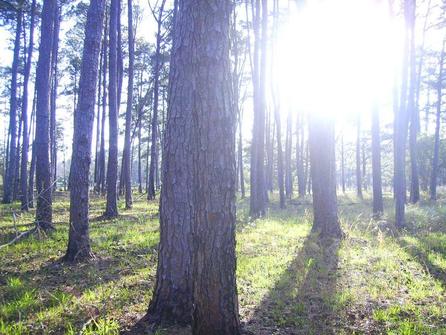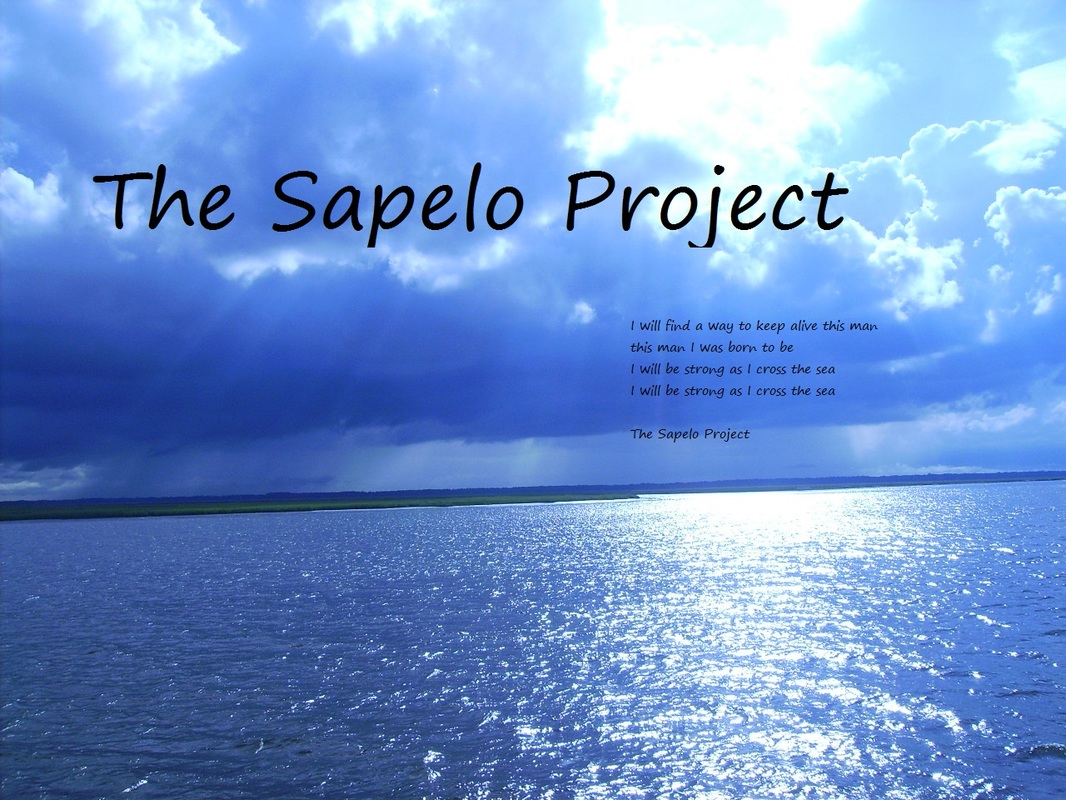
Sapelo Island is the fourth largest barrier island off the southern coast of the state of Georgia. Island habitation dates back over 4,000 years. It is believed that Muskogean-speaking Guale natives were the primary inhabitants during this time period. The name Sapelo was derived from Spanish missionaries of the Franciscan mission, who possibly resided on the island a 1573-1686, originally called the island Zapala after San Jose de Zapala (Sapala). According to a paper written by professors Christoper Moore & Richard Jeffries , researchers have yet to fully verify the exact location, but it is thought to be accurate by many. This mission, along with many others, were constantly under attack by English-backed Native American slave raiders & pirates along the coast. In a twist of fate it would be the Spanish who would attack the Yamassee natives who had taken up residence there; completely ending the mission presence there in 1686. The rest of the island is under private ownership in the community of Hog Hummock. Only reachable by airplane or boat, the primary ferry leaves from the Sapelo Island Visitors Center in McIntosh County, Georgia. You can check ferry schedules here: http://www.sapelonerr.org/visitor-center/ferry-information/. Approximately 97% of Sapelo is owned by the state of Georgia and managed by the Georgia Department of Natural Resources.
Sapelo's first private owner would be Patrick Mackay. MacKay would grow crops on Sapelo before the Revolution. He would sell Sapelo, along with all land, livestock, & enslaved Africans, to John McQueen, who would then in 1789 sell Sapelo to a group of Frenchmen who wanted to cultivate Sea Island Cotton, build a lumber mill industry by selling to naval shipbuilders, & increase productivity by stocking Sapelo with newly purchased enslaved Africans and livestock. This French experiment would end in 1795 with three primary ownders attaining Sapelo through purchase and inheritance. Thomas Spalding (South End), Danish sea captain Edward Swarbeck (Chocolate), & John Montalet (High Point). By 1843 Spalding would acquire all of Sapelo minus a 600 acre tract (Raccoon Bluff). Spalding would probably leave one of the biggest footprints on Sapelo as a plantation/slave owner & agriculturalist. He would reintroduce tabby as the primary building material and sugar cane & Sea Island cotton; making Sapelo into a plantation empire. During the late 19th century prior to the Civil War he & his family owned hundreds of enslaved Africans; along with the most famous of them all..Bilali Muhammad. Bliali would become a legend. Though never gaining his freedom, he was highly intelligent and used his knowledge to position himself as the #2 in command of the Spalding plantation.
After the Civil War many of Sapelo's formerly enslaved would return to the island and make what was once a place where freedom didn't exist, a place of where freedom would eventually ring; though still after many struggles. William Hillery & Company, a newly formed group of freedmen, would begin to purchase the very land their families were enslaved on. And from their distinct plan of action several settlements would form on Sapelo; one of which still exists to this day...Hog Hummock.
Sapelo's first private owner would be Patrick Mackay. MacKay would grow crops on Sapelo before the Revolution. He would sell Sapelo, along with all land, livestock, & enslaved Africans, to John McQueen, who would then in 1789 sell Sapelo to a group of Frenchmen who wanted to cultivate Sea Island Cotton, build a lumber mill industry by selling to naval shipbuilders, & increase productivity by stocking Sapelo with newly purchased enslaved Africans and livestock. This French experiment would end in 1795 with three primary ownders attaining Sapelo through purchase and inheritance. Thomas Spalding (South End), Danish sea captain Edward Swarbeck (Chocolate), & John Montalet (High Point). By 1843 Spalding would acquire all of Sapelo minus a 600 acre tract (Raccoon Bluff). Spalding would probably leave one of the biggest footprints on Sapelo as a plantation/slave owner & agriculturalist. He would reintroduce tabby as the primary building material and sugar cane & Sea Island cotton; making Sapelo into a plantation empire. During the late 19th century prior to the Civil War he & his family owned hundreds of enslaved Africans; along with the most famous of them all..Bilali Muhammad. Bliali would become a legend. Though never gaining his freedom, he was highly intelligent and used his knowledge to position himself as the #2 in command of the Spalding plantation.
After the Civil War many of Sapelo's formerly enslaved would return to the island and make what was once a place where freedom didn't exist, a place of where freedom would eventually ring; though still after many struggles. William Hillery & Company, a newly formed group of freedmen, would begin to purchase the very land their families were enslaved on. And from their distinct plan of action several settlements would form on Sapelo; one of which still exists to this day...Hog Hummock.


